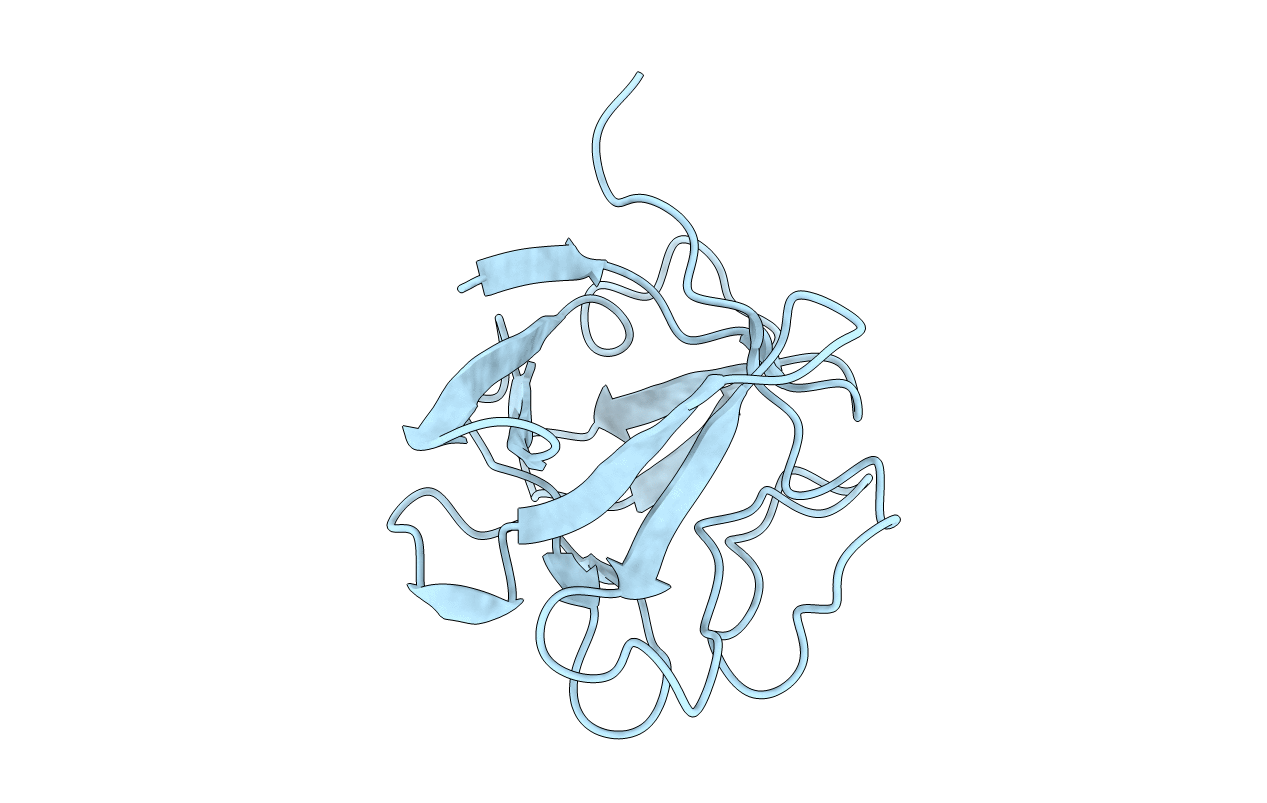
Deposition Date
1999-06-07
Release Date
2000-01-14
Last Version Date
2024-10-02
Entry Detail
PDB ID:
1QQL
Keywords:
Title:
THE CRYSTAL STRUCTURE OF FIBROBLAST GROWTH FACTOR 7/1 CHIMERA
Biological Source:
Source Organism:
Rattus norvegicus (Taxon ID: 10116)
Homo sapiens (Taxon ID: 9606)
Homo sapiens (Taxon ID: 9606)
Host Organism:
Method Details:
Experimental Method:
Resolution:
2.30 Å
R-Value Free:
0.32
R-Value Work:
0.23
R-Value Observed:
0.24
Space Group:
P 64 2 2


